With the increasingly fierce market competition, the LED market is increasingly expanding, regardless of the domestic market or the export market, growing more than 30% annually.
However, many friends have said that business is getting harder and harder!
What is this?
I will be engaged in the cross-LED market, R&D, sales and other departments of “outsiders†in the packaging/application/lamp/power industry for 20 years (here, “outsiders†are not from a single perspective, but from more Angle measurement) Gradually help everyone sort out.
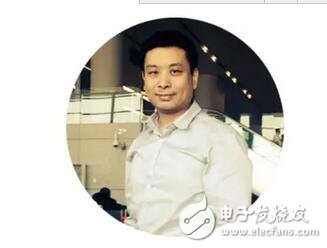
Today, let me talk about my views on streetlights, industrial and mining lights and the market.

It is undeniable that LED is an alternative light source. Before the LED, there are candles, steam lamps, incandescent lamps, CCF energy-saving lamps, sodium lamps, ceramic metal halide lamps, sulfur lamps, etc. (Figure 1). However, with the innovation and application of technology, some rules and habits have been slowly determined in the ever-changing and progressive lighting design and application.
For example, the formation of bridge and road lighting specifications and the formation of some national and foreign lighting standards have standardized some basic principles of LED design. Provide a reference point for the design of LED lighting fixtures.
Taking street lamps as an example, the most widely cited in the design manual is the street lamps 150W, 250W, and 400W of sodium lamp light source, which are mainly used in different lighting environments.
In the design and construction of street lamps and high bay lights, I often encounter some classmates and comrades. They have different opinions and opinions. I would like to raise them here. If you don't agree, please don't laugh. Because we Chinese learn in implementation, we have grown up to the present because we are courageous, do not understand, dare to agree, and dare to go. And the teachers don't want to be seated! Don't blame me for your pain in the point, as a goodwill reminder. I hope that you will be in this industry 20 years later.
If you have a strong imagination, just take a few minutes with me to see two scenes:
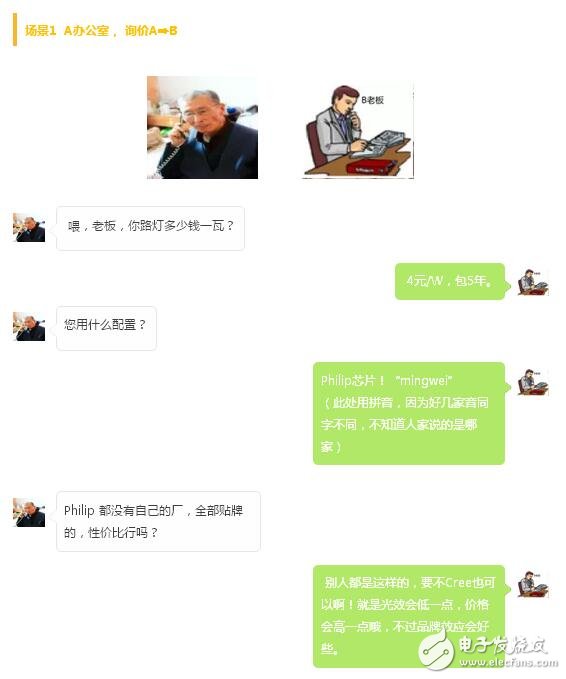

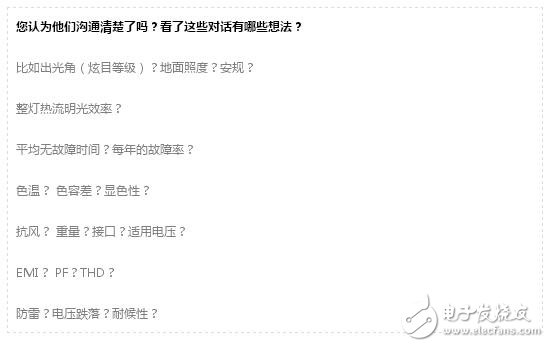
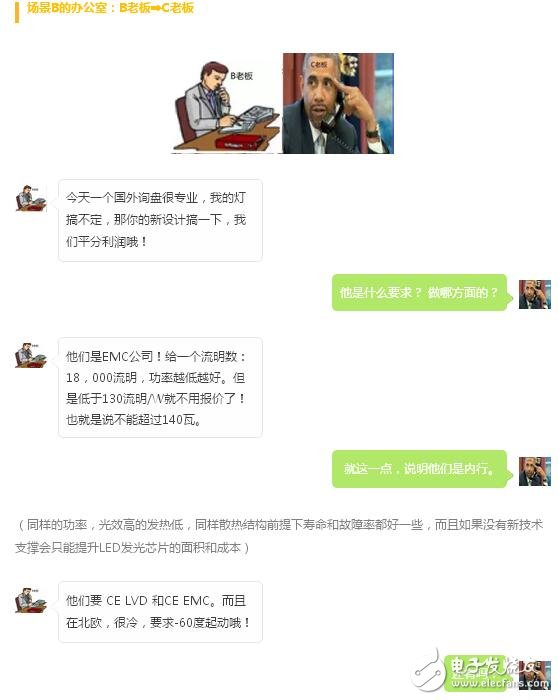
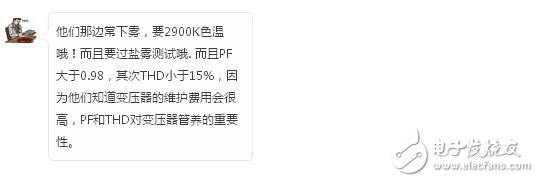
Everyone saw the dialogue between the above two scenes, and may have a preliminary impression of our industry. There are thousands of enterprises in the Pearl River Delta, such as street lamps, mining lamps, floodlights, etc., and their market positioning is different. I dare to assert that their future fate is different.
The status quo of ours today is fruitful. Yesterday, there was no sedimentation and in-depth study. The cause of today is also the cause of tomorrow's fruit.
Because the lack of market access and supervision has caused the industry to become chaotic, this is part of our rapid development and unsound regulatory system. It is also a manifestation of the need for our practitioners to improve their skills.
In 2008, the global financial crisis came. One night, the United States, the real estate, the Fannie Mae, Lehman Brothers and other big companies fell. At the same time, China's export-oriented enterprises have also been affected differently. The government-oriented functions have promoted the "Ten Cities and Ten Thousand Cities" and a series of measures. For example, if you buy a MO, the government will subsidize you (one more than 20 million). For a time, coal mining, building houses, killing pigs, and selling health care products have brought huge amounts of money into the field. Fighting with traditional lighting companies and LED companies that are self-proclaimed high-tech companies.
You may not believe that around 2009-2013, almost every county has LED companies. In some places, the LED company may be a brand, the leader will go, the brand will be picked up, what should be done. After completing the government project, this business may be fine. Do you think about how much precipitation will the grass-roots team they set up temporarily? And how much promotion is there for the development of the industry? Of course, there are also many real high-tech companies like Sanan/Dehao/Mulinsen who have a VC background! There are also many like Yangzhou Zhongke (Chinese Academy of Sciences), Tonghui (13th), Shaanxi Optoelectronics (China Electronics), Rainbow Optoelectronics, Kyushu Optoelectronics ------N multi-central enterprises, state-owned enterprises. I don't dare to comment on these. Etc., etc!
What I just said are some past and present that are very representative!
Looking at a few of us in the traditional lighting industry, they have the courage to innovate today. Whether it is technology or business model above. Although they are fast and slow in the transition to LED lighting industry, their channel advantages and understanding of the industry have promoted the development of the industry. If there are no Sanxiong, Op, NVC, and Buddha's efforts, the popularity of our LED lamps is by no means so high.
But looking at these circulation-type companies, their advantages are more important, innovation in the channel and product appearance and structure. In addition, some enterprises are also developing rapidly, such as several IC-driven companies. They rely on technological innovation to develop themselves and let the traditional people plug in the wings of high-speed development of home lighting. They made a few dollars for a mercury-free LED energy-saving lamp that is more efficient than CCF's energy-saving lighting.
But what we are discussing today is the past and present of streetlights/high bay lights/castlights. Why do you still say the above company? The companies mentioned above have almost done most of the street lights in the domestic market! Why? Don't talk about the barbecue restaurant (everyone knows)
As the saying goes, there are successive orders, and the industry has specialization. To do well, you must be professional enough. Everyone knows that Hua X Yongming and Dongguan Xin X, their success is not accidental. They each have the advantage of the corresponding industry chain, and also made a very wise market positioning in the right time period.
At the same time, we must also see that the success of many successful companies can be replicated, for example, many of their patents and know how to focus on appearance or structural patents or heat dissipation. And these are easy to imitate and avoid patents. And there is a lack of unique technical expertise in product performance that is difficult for others to imitate. At the same time, we must see that everyone's excessive superstition of brand-name light sources and power supplies makes this line of homogenization too serious.
Imagine if your advantage is only focused on the appearance, it is not obvious that others have copied the advantage. For example, the brand Philip is very loud, but everyone knows that they are foundry. Then many people don't understand it. If you buy Philip for a profit and then sell it to you, would you like to buy it? Think back to the lampholders in the previous scene A! Isn't they forced? It is our own in order to give customers confidence, with the reputation of the supplier, invisibly help to advertise to others.
I want to ask you, where is our core competitiveness? Is Philip only sold to you? Or is it more expensive than others to buy? If TCL or Midea wants to integrate the street lamp or industrial and mining lamp market tomorrow, it will allocate 5 billion yuan. The first three years require a loss of no more than 2 billion, and after 3 years, it will earn 1 billion a year. What do you think your strengths and core competencies are? Where is your future industry chain positioned? If you have a long time, I hope that you have your own core competitiveness, not too specific here.
Some new programs are not willing to try and lose many opportunities. It is not the boss and the practitioner who have a natural rejection of new technology. The key is that they are not confident in their ability to identify technology. Not only must we identify which new technologies can be used for me, but the key is to be good at integrating various new technology resources.
Our Cat5e Flat Patch Cable provides high performance, as it uses 100Mhz to transfer data up to 1000BASE, faster than CAT3. Allowing for greater bandwidth and, therefore, home and office productivity.
Cat 5e Flat Ethernet Patch Cables are designed for high density environments where clearance and space is limited.
CAT5E Ethernet Cable is manufactured in our own factory with 4-pair oxygen-free pure copper and RJ45 connector plugs with FU gold-plated contacts with molded strain relief snagless boot. Our high-speed Category 5e Ethernet Cable has an in-wall PVC jacket.
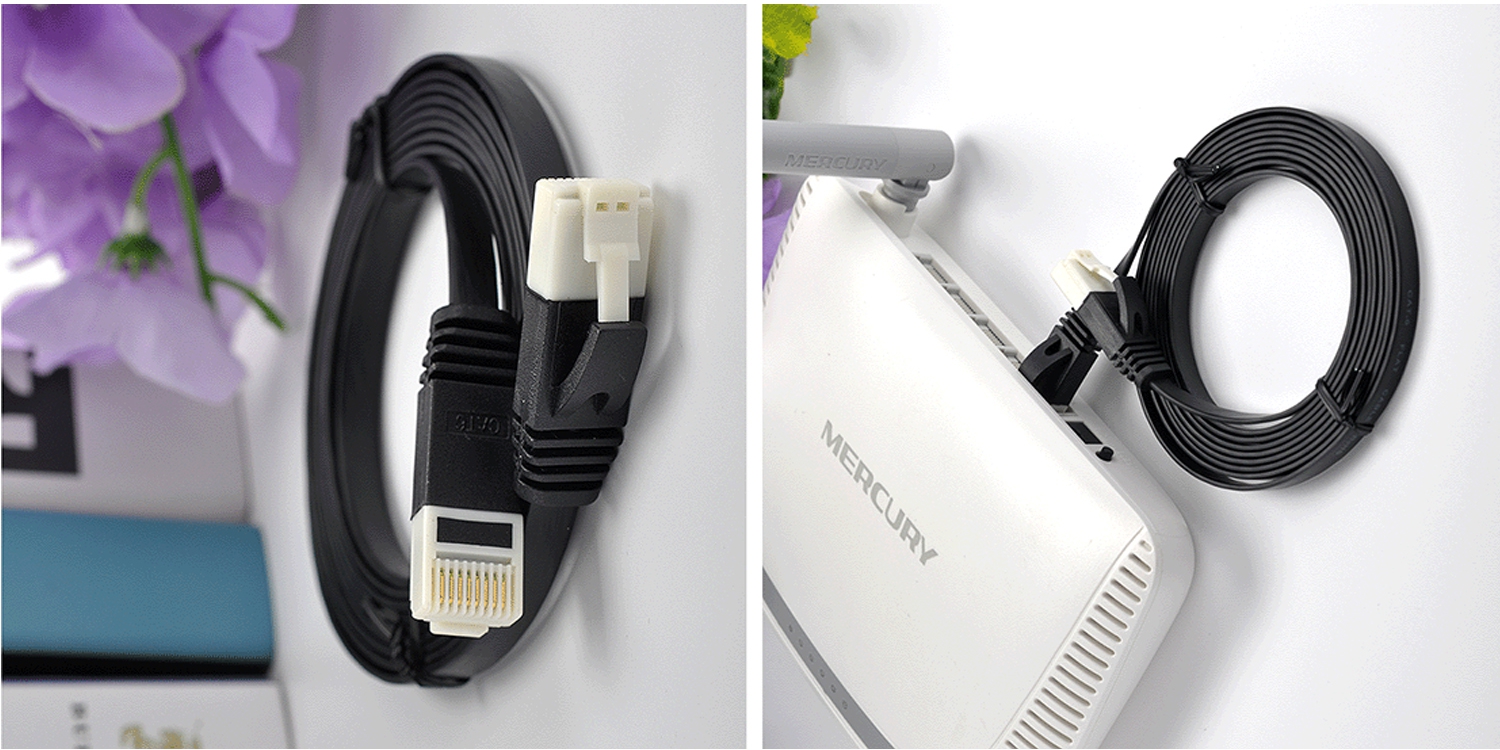
Cat5e Flat Ethernet Cable,Braided Nylon Cat5e Cable,Nylon Braided Cable Ethernet Flat,Cat5e Flat Ethernet Cable
Shenzhen Kingwire Electronics Co., Ltd. , https://www.kingwires.com